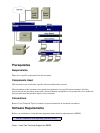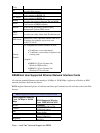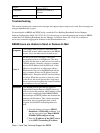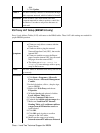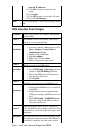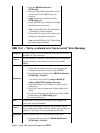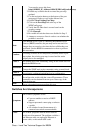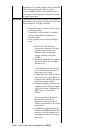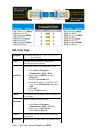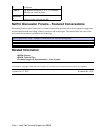
malfunction. If a switch is merely mis−configured,
traffic still passes through. Thus, the client
receives a DHCP address, and switches located
downstream of the suspected switch are reachable
by support personnel.
Resolution Determine the most likely location of the failure
with utilities such as ping and Telnet as well as the
network diagram. Use this procedure:
Determine which switches do not respond
to the ping utility.
1.
Telnet into a visible switch, if available,
and try to ping the non−responsive
switches again.
2.
If the property has an IT staff willing to
help:
Have the IT staff check the
unresponsive switch(es) in order
to ensure that all power and
Ethernet cables are plugged
snuggly into their respective
sockets.
a.
Ensure all applicable link lights on
the switch are lit and note lights
that are not lit.
A link light that must be lit, but is
not, can indicate the presence of
the wrong type of cable.
b.
Unplug the power cable in order to
power cycle the switch. Wait five
to ten seconds, and plug the power
cable back into the switch.
c.
Unplug the uplink cable from the
suspected switch. Plug this uplink
cable into a laptop configured for
DHCP and try to get an IP
address.
If you cannot get an IP address,
the problem is most likely
upstream. If you can get an IP
address, the problem is most likely
downstream.
d.
Configure the laptop with the IP
address of the BBSM internal NIC
and plug it into the uplink port of
the suspected switch. Try to ping
the switch.
e.
3.
Cisco − Level Two Technical Support for BBSM




